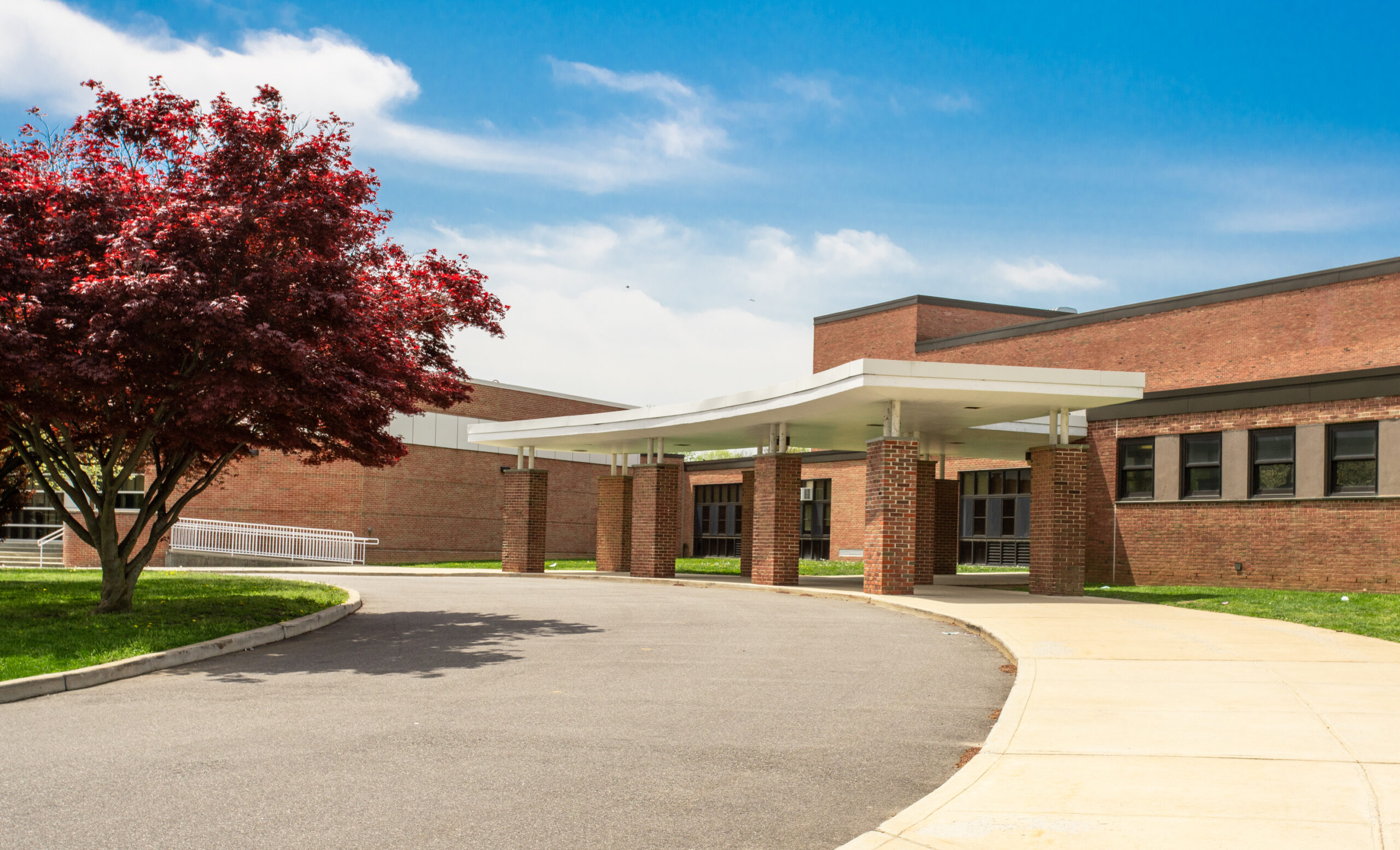The holiday season is a time of celebration and togetherness for schools, bringing communities together for events that highlight student achievements, seasonal performances, and festivities. While school holiday events can be meaningful for students and staff alike, it’s essential to manage these gatherings to ensure the safety, inclusivity, and enjoyment of everyone involved. By planning ahead, schools can create safe, welcoming, and enjoyable holiday events for all.
Focus on Inclusivity
Ensuring inclusivity is foundational in school events. By planning activities that respect various cultures, beliefs, and traditions, schools can foster a supportive environment for all students, staff, parents, and community members. It’s essential to consider all cultural backgrounds when planning decorations, event themes, and activities to create a space that feels welcoming for everyone.
Visitor Management and Safety
Holiday events typically draw large crowds of family and community members. To manage this influx smoothly:
- Pre-Registration: Offering pre-registration and pre-printing visitor badges can help expedite the check-in process, making for a quicker, more organized entrance for guests.
- Safety Equipment: Have Automated External Defibrillators (AEDs), first aid kits, and staff trained in emergency response easily accessible. Seconds count during emergencies, and quick access to safety equipment is vital.
Food and Beverage Planning
Food can bring people together, but it’s essential to consider the safety and logistics around food service:
- Allergy Preparedness: Be aware of common allergies and ensure there are procedures in place to manage allergic reactions if they occur.
- Vendor Insurance: If using outside vendors, request a Certificate of Insurance naming the school district as an additional insured to protect the school from liability.
- Food Regulations: Some states prohibit homemade goods in schools. Check with your food service department to determine if food brought to campus must be store-bought and prepackaged.
Fire and Security Safety
Crowded events require enhanced fire and security precautions:
- Fire Prevention: Avoid overloading extension cords, keep walkways clear, and enforce strict limits on room occupancy. Open flames, such as candles, should be prohibited for everyone’s safety.
- Security Personnel: Designating security staff for both indoor and outdoor areas provide quicker response to emergencies and helps monitor the event environment. Additionally, ensure adequate lighting in parking areas for evening events, helping guests to safely arrive and depart from the school grounds.
For more insights on school safety, contact INSURICA today.
About the Author
Share This Story
Related Blogs
Group Health Premiums on the Rise: What Employers Need to Know
In 2025, rising group health premiums are becoming a central concern for employers. Carriers like UnitedHealth, Anthem, and CVS Health have issued projections showing significant cost increases—driven by escalating claims severity, specialty drug costs, and continued labor shortages across provider networks.
SECURE 2.0 Implementation: A New Era in Retirement Planning
The SECURE 2.0 Act, passed in late 2022 and now in active rollout through 2025, is reshaping the landscape of workplace retirement planning. Designed to expand access, modernize plan design, and improve financial preparedness, the law introduces over 90 new provisions—many of which are now surfacing in HR departments across the country.
Visitor Check-In and Access Control Best Practices
Visitor check-in and access control best practices are essential for ensuring campus safety. With increasing security concerns in schools, implementing visitor check-in and access control best practices helps minimize unauthorized access, protect students and staff, and ensure a safe learning environment.








